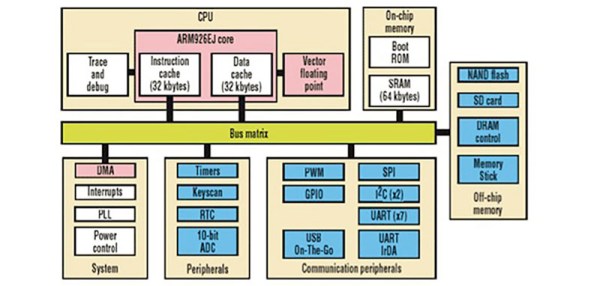Last Friday the Vintage Computer Festival was filled up with more than a dozen talks, too many for any one person to attend. We did, however, check out [Bil Herd]’s talk on system architecture, or as he likes to call it, the art and science of performance through balance. That’s an hour and fifteen minute talk there; coffee and popcorn protocols apply.
The main focus of this talk is how to design a system from the ground up, without any assumed hardware, or any specific peripherals. It all starts out with a CPU, some memory (it doesn’t matter which type), and some I/O. That’s all you need, whether you’re designing a microwave oven or a supercomputer.
The CPU for a system can be anything from a 6502 for something simple, a vector processor for doing loads of math, or have a RISC, streaming, pipelined, SIMD architecture. This choice will influence the decision of what kind of memory to use, whether it’s static or dynamic, and whether it’s big or little endian. Yes, even [Bil] is still trying to wrap his head around endianness.
MMUs, I/O chips, teletypes, character displays like the 6845, and the ANTIC, VIC, and GTIA make the cut before [Bil] mentions putting the entire system together. It’s not just a matter of connecting address and data pins and seeing the entire system run. There’s interrupts, RTCs, bus arbitration, DTACK, RAS, and CAS to take care of that. That will take several more talks to cover, but you can see the one last Friday below.
Continue reading “VCF East: [Bil Herd] And System Architecture” →

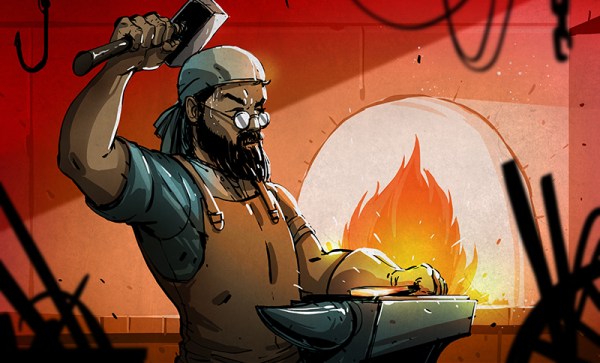

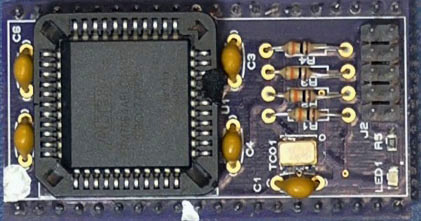


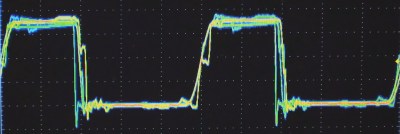




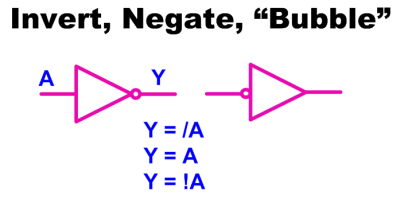 The most simple piece of logic is inversion; making a high change to low or a low change to high. Shown are a couple of ways to write an inversion including the ubiquitous “bubble” that we can apply almost anywhere to imply an inversion or a “True Low”. If it was a one it is now a zero, where it was a low it is now a high, and where it was true it is now untrue.
The most simple piece of logic is inversion; making a high change to low or a low change to high. Shown are a couple of ways to write an inversion including the ubiquitous “bubble” that we can apply almost anywhere to imply an inversion or a “True Low”. If it was a one it is now a zero, where it was a low it is now a high, and where it was true it is now untrue.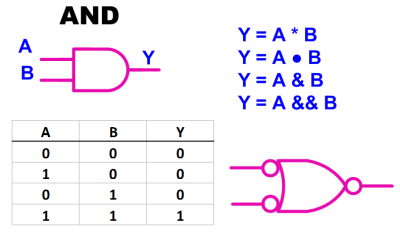 Moving on to the AND gate we see a simple truth table, also known as a Boolean Table, where it describes the function of “A AND B”. This is also our first opportunity to see the application of an alternate symbol. In this case a “low OR a low yields a low”
Moving on to the AND gate we see a simple truth table, also known as a Boolean Table, where it describes the function of “A AND B”. This is also our first opportunity to see the application of an alternate symbol. In this case a “low OR a low yields a low”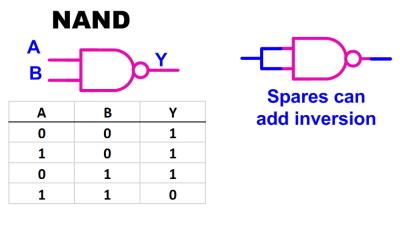 Most if not all of the standard logic blocks come in an inverted form also such as the NAND gate shown here. The ability to invert logic functions is so useful in real life that I probably used at least three times the number of NAND gates as regular AND gates when doing medium or larger system design. The useful inversion can occur as spares or in line with the logic.
Most if not all of the standard logic blocks come in an inverted form also such as the NAND gate shown here. The ability to invert logic functions is so useful in real life that I probably used at least three times the number of NAND gates as regular AND gates when doing medium or larger system design. The useful inversion can occur as spares or in line with the logic.
